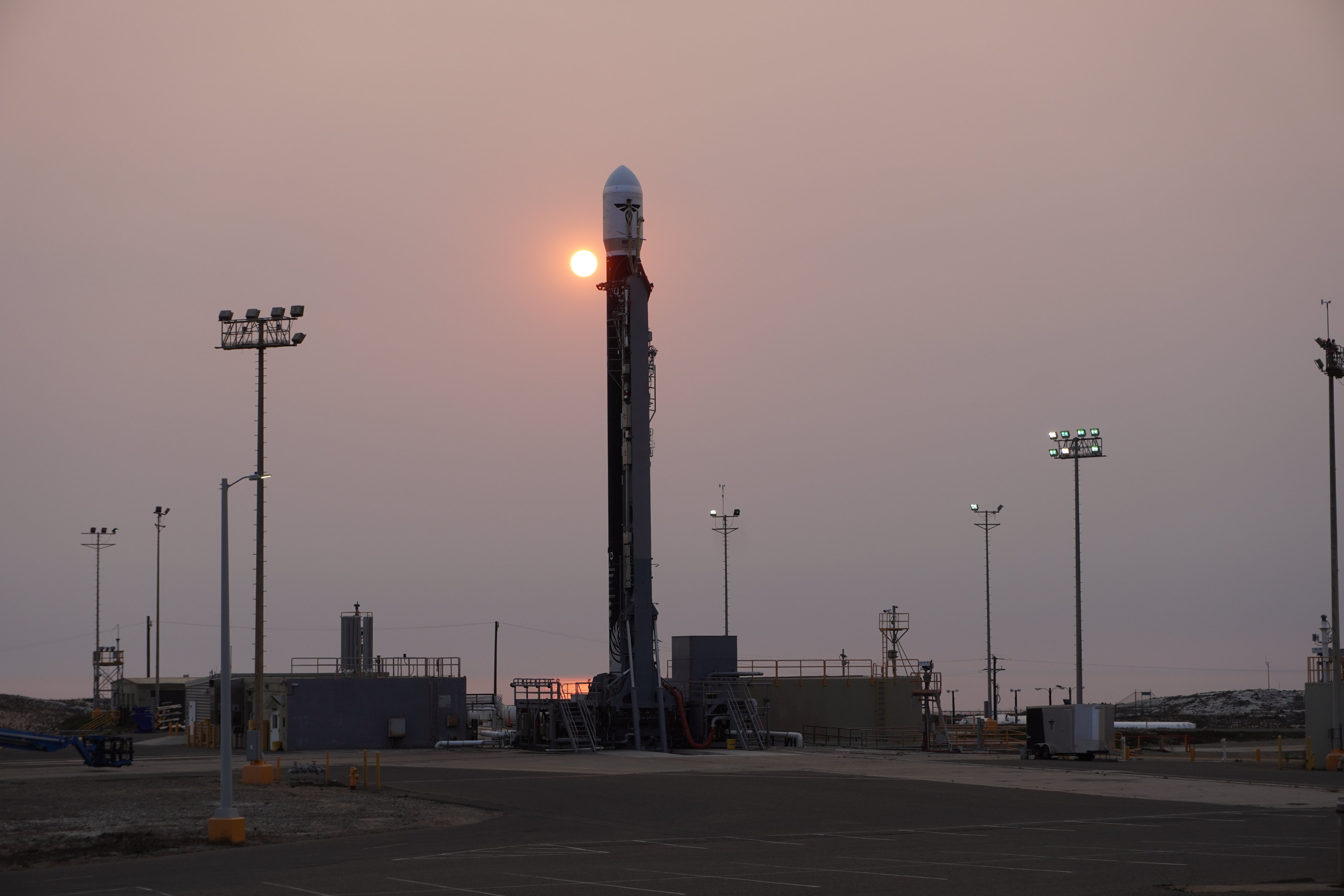
On September 2 at 01:00 UTC, a Firefly Alpha rocket took its debut flight, launching from SLC-2W at Vandenberg Space Force Base in California. This rocket’s first-ever launch was named Dedicated Research and Education Accelerator Mission, which can be shortened to DREAM.
The Alpha rocket ignited its four Reaver engines and headed southwest. Unknown to most viewers, the rocket had lost an engine fifteen seconds after liftoff, which made it accelerate slowly, taking over two minutes to go supersonic. Seconds after finally passing through the sound barrier, the rocket cartwheeled end over end twice before being detonated by Range Safety.
The dramatic end of the flight was caused by something more mundane: the valves simply closed due to loss of electrical signal, according to Firefly CEO Tom Markusic.
A combination of the slower ascent and early failure meant that the rocket’s trajectory was largely vertical. Most of the lightweight debris from the rocket fell back onto land in Orcutt, California (about 16 kilometers southeast of the launch pad), where people posted pictures onto social media. The rocket’s first stage engines landed much closer to the launch pad — only 1.2 kilometers away. The 30th Space Wing, who runs the range in California, stated that the rocket was blown up while it was over water.
So, about those payloads. Firefly ran a competition through 2020 to select payloads that would launch for free on the first flight of the Firefly Alpha. Twelve payloads were selected, including small satellites of all shapes and sizes along with art pieces. This was an incredible opportunity: build the satellite, go to space for free. Here’s the catch: it’s risky to have your expensive payload going up on the first launch of a new rocket. Of the rockets introduced in this century, half have failed on their first launch.
Why would somebody do this? Launch costs are a significant barrier for CubeSat operators to get their payloads in orbit, costing many times more than the satellite itself. NASA and the military launch multibillion-dollar spacecraft where a few hundred million dollars for launch is just a rounding error in the budget.
More Information
Firefly press release
Vandenberg Space Force Base press release




 Join the Crew!
Join the Crew!
 Escape Velocity Space News
Escape Velocity Space News
0 Comments